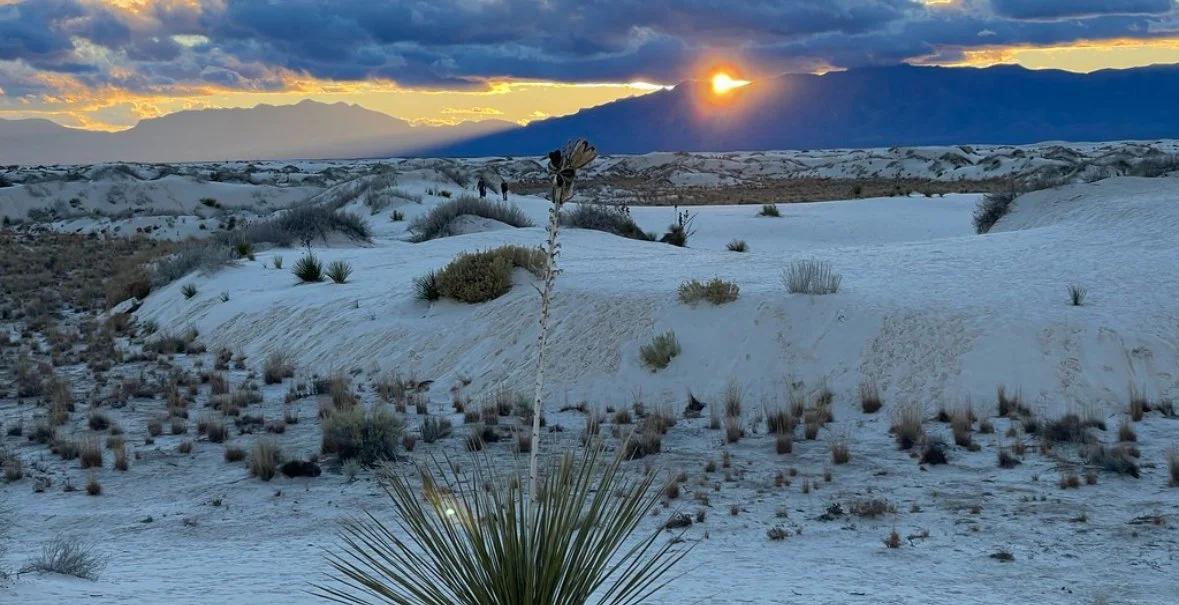Why Investing in Our Public Lands and Their Proper Management Is More Important Now Than Ever
By Camilla Simon, HECHO executive director.
Every year, millions of Americans eagerly plan trips to our nation’s treasured landscapes – from national parks and monuments to forests and wildlife refuges – seeking adventure, relaxation, and a connection to the great outdoors. These are places where we hike, camp, fish, and make lifelong memories with our families.
Yet, each year, as more Americans flock to public lands, the resources needed to care for them have not kept pace. Chronic underfunding – exacerbated by recent layoffs—have led to immediate staffing shortages across the National Park Service, U.S. Forest Service, Bureau of Land Management, and the U.S Fish and Wildlife Service. These recent staff cuts, part of broader efforts to shrink the federal government, have impacted all 63 national parks and 433 areas managed by the Park Service, reducing staff capacity to maintain trails, assist visitors, and protect natural and cultural resources.
While exceptions to the federal hiring freeze allow for some seasonal positions, this alone cannot make up for the loss of full-time employees – especially when our public lands already operate on tight budgets. Seasonal workers are invaluable, bringing passion and dedication, but they are meant to supplement, not replace, a strong permanent workforce. A skeleton crew does not reflect Americans’ deep love for these lands. Our commitment to public lands should match our appreciation for them, ensuring they have the resources and staffing necessary to remain safe, accessible, and well cared for.
America’s public lands are among our nation’s greatest treasures, but they need investment and stewardship to thrive. Protecting these places for future generations means making sure those who care for them have the support they need— because public lands deserve more than just seasonal attention.
Public lands are more than just places of recreation—they are economic engines that sustain local communities. In 2022 alone, visitors to national parks spent $23.9 billion in nearby towns, supporting 378,400 jobs and generating $50.3 billion in economic output. For many rural areas, outdoor recreation is a major driver of business growth, from hotels and restaurants to guide services and equipment retailers. Every $1 invested in the National Park Service generates $10 in economic activity, proving that protecting public lands is not just about conservation—it's about economic prosperity.
At the same time, public lands serve multiple purposes, including resource extraction. Responsible energy development can coexist with conservation, but it must be done in a way that balances economic needs with long-term land and water conservation.
The Great American Outdoors Act, signed into law by President Trump in 2020, was a significant step in the right direction, dedicating a portion of oil and gas royalties to the Land and Water Conservation Fund. It showed that conservation and responsible resource management can go hand in hand.
We need more efforts like this—solutions that recognize the value of public lands and waters and ensure they remain accessible, well-managed, and protected. At the same time, we must address the chronic underfunding of public land management. Whether through dedicated revenue streams, creative public-private partnerships, or policy solutions that ensure public land management agencies have the resources they need, we must invest in the long-term care of these lands.
Conservation shouldn’t be a partisan issue. It’s time for conservatives to reclaim their role in conservation leadership, honoring the legacy of figures like Theodore Roosevelt, who championed the protection of American’s natural treasures. Our public lands belong to all of us, and safeguarding them should be a shared priority, regardless of political affiliation.





